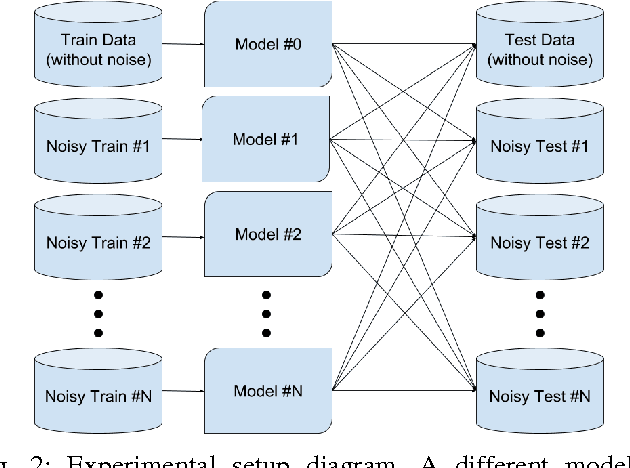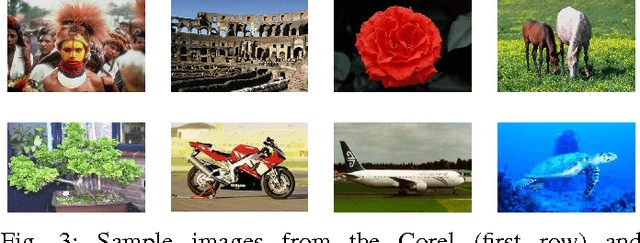Gabriel B. Paranhos da Costa
Como funciona o Deep Learning
Jun 20, 2018Abstract:Deep Learning methods are currently the state-of-the-art in many problems which can be tackled via machine learning, in particular classification problems. However there is still lack of understanding on how those methods work, why they work and what are the limitations involved in using them. In this chapter we will describe in detail the transition from shallow to deep networks, include examples of code on how to implement them, as well as the main issues one faces when training a deep network. Afterwards, we introduce some theoretical background behind the use of deep models, and discuss their limitations.
* Book chapter, in Portuguese, 31 pages
An empirical study on the effects of different types of noise in image classification tasks
Sep 09, 2016



Abstract:Image classification is one of the main research problems in computer vision and machine learning. Since in most real-world image classification applications there is no control over how the images are captured, it is necessary to consider the possibility that these images might be affected by noise (e.g. sensor noise in a low-quality surveillance camera). In this paper we analyse the impact of three different types of noise on descriptors extracted by two widely used feature extraction methods (LBP and HOG) and how denoising the images can help to mitigate this problem. We carry out experiments on two different datasets and consider several types of noise, noise levels, and denoising methods. Our results show that noise can hinder classification performance considerably and make classes harder to separate. Although denoising methods were not able to reach the same performance of the noise-free scenario, they improved classification results for noisy data.
 Add to Chrome
Add to Chrome Add to Firefox
Add to Firefox Add to Edge
Add to Edge